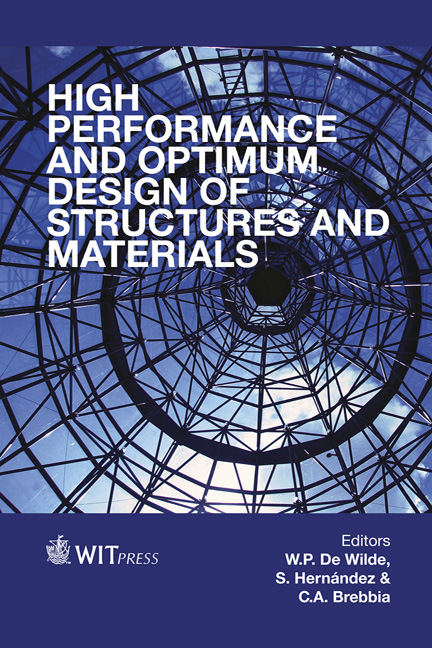Effect Of Specimen Size On Cancellous Bone Microstructural Parameters
Price
Free (open access)
Transaction
Volume
137
Pages
10
Page Range
57 - 66
Published
2014
Size
581 kb
Paper DOI
10.2495/HPSM140061
Copyright
WIT Press
Author(s)
K. Tanaka, S. Sezaki, S. Enoki & T. Katayama
Abstract
As the average life span of Japanese people continues to extend, the increasing incidence of osteoporosis within the aging society is becoming a major public health problem. Such diseases have a negative impact on Quality of Life and an urgent issue to find prevention and treatment methods. Currently, correlation between the microstructural parameters and the mechanical properties is shown by using an X-ray microtomography. In this study, the influence of the cancellous bone region on the correlation between the microstructural parameters, calculated by using X-ray microtomography images, and Young’s modulus, which were obtained from the compression test, was clarified by targeting cancellous bone specimens of various regions, obtained from bovine femur. Cancellous bone specimens were obtained from the right femur of a bovine for the compression test. The correlation coefficient between Young‘s modulus and microstructural parameters was calculated. Cubic specimen in 5mm had the highest correlation coefficient between Young‘s modulus and microstructural parameters. Additionally, when specimen regions were 4 or 5mm, the standard deviation of each microstructural parameter had the smallest value, except for Trabecular Separation and Mean Intercept Length 3. The cancellous bone region of the cubic specimen in 5mm had a high correlation between microstructural parameters and Young‘s modulus and the value of the microstructural parameters of the small variation. Keywords: cancellous bone, X-ray μCT, microstructural parameters, compression test, specimen region.
Keywords
cancellous bone, X-ray μCT, microstructural parameters, compression test, specimen region.





